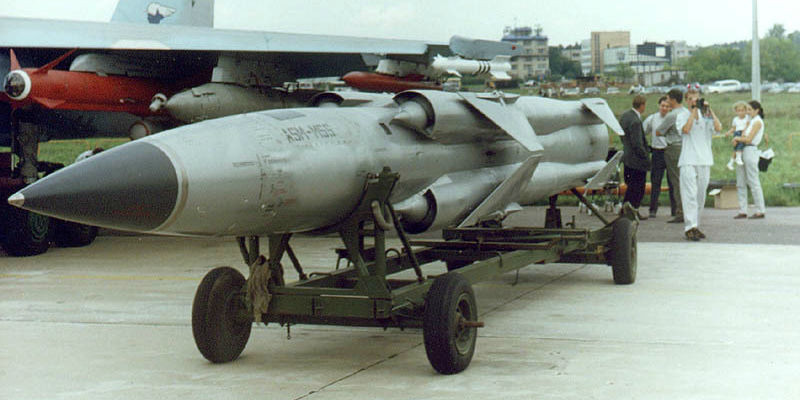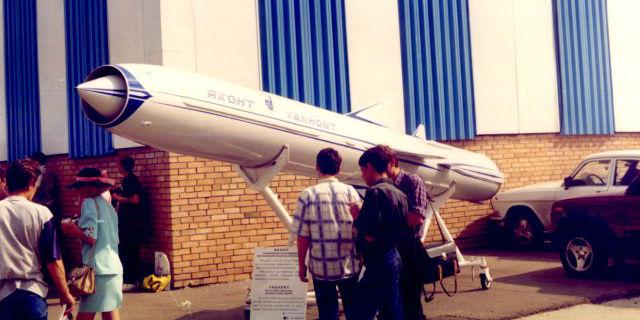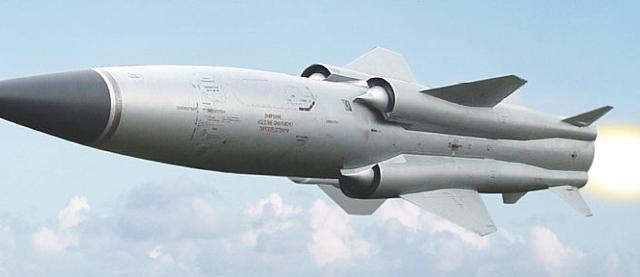Some folks question why the US Navy would need such exotic weapons as the Phalanx and SeaRAM systems, or even electromagnetic rail guns. These Russian-made, radar-guided anti-ship missiles are two such reasons.
The P-270 Moskit and P-800 Oniks have caused so much consternation that the Navy has begun developing a helicopter-based electronic warfare system — the Advanced Offboard Electronic Warfare (AOEW) — to defend against the threat. Both are ramjet-propelled cruise missiles, both carry 250kg to 322kg of high explosive in their warheads, and neither is one you want to see streaking towards your ship.

The P-270 Moskit was developed by the Raduga Design Bureau and first debuted in the 1970s as a sea-launched anti-ship weapon, although extensive upgrades in the subsequent decades have seen it adapted for ground, air, and even underwater launches. It measures just over 9m long and is tipped with 317kg of either high-explosive or nuclear material (equivalent to 120 kt of TNT). Its quartet of ramjet engines only provide a range of 120km though the missile can hit mach 3 during its high-altitude flight.
The P-800 Oniks is very much like the Moskit that it replaced, albeit slightly smaller, but no less terrifying. The Oniks, designed by NPO Mashinostroyeniya, entered service in the 1980s and remains so with the Russian military today. Though the Oniks is about 60cm shorter than its predecessor, only carries a 250kg warhead, and tops out at just mach 2.6, it flies twice as far and incorporates a number of technological advancements that were not available for the Moskit.
These improvements include an inertial, active-passive radar seeker head (the Moskit was strictly an active seeker) which makes the missile essentially autonomous once it’s launched; an over-the-horizon firing range (up to 300km) with the ability to skim along less than 9m above the ocean’s surface; and potentially even onboard EW countermeasures (nobody’s quite sure as it is still an active military system — state secrets and all that).

And these aren’t even the most advanced anti-ship missiles Russia makes. Just last week the nation’s military announced that it had completed testing of a new, potentially hypersonic cruise missile to surpass both the Mosfit and Oniks.
“It could be a fundamentally new missile, possibly hypersonic,” Dmitry Kornev, the chief editor of the MilitaryRussia.ru told RBTH. “One should not forget that NPO Mashinostroyenia has been actively working in this area, and it was not too long that ago mockups of the joint Russian-Indian hypersonic rocket BrahMos-II appeared at exhibitions.”
Fact is, the international community knows virtually nothing about the new missile system and that’s the most terrifying aspect of all. [RBTH – Wiki 1, 2 – Military Aerospace – Janes]
Pictures: Wikimedia
